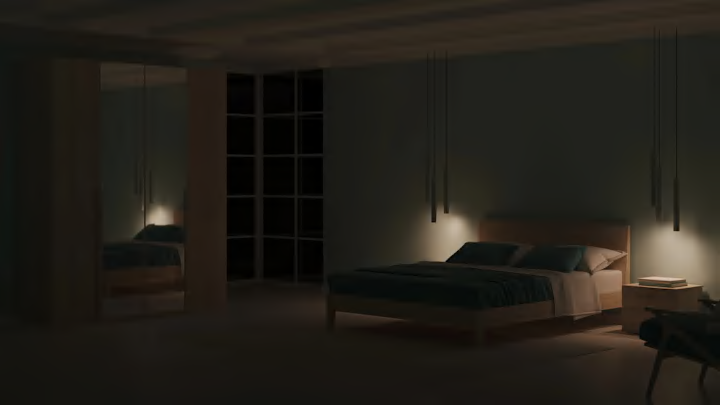How I Built a “Pet Reset Room” (And Why Every Home Needs One)

It started with a chewed-up slipper, a shredded corner of the couch, and one very guilty-looking golden retriever hiding under the table.
I’d been working from home for a few weeks at that point, and between Zoom calls and laundry piles, I hadn't realized how overstimulated my dog, Oliver, had become. He was constantly bouncing between rooms, following every footstep, reacting to every noise. And I was constantly on edge—tripping over squeaky toys, apologizing for barking during meetings, and wondering why my once-chill pup was suddenly turning into a furry tornado.
Something had to change.
That’s when I stumbled into an idea that changed everything: the reset room.
Now, I know what you’re thinking. A room? Sounds like a luxury. But hear me out—it’s less about square footage and more about intention.
A pet reset room isn’t about expensive furniture or a Pinterest-perfect aesthetic. It’s a space—big or small—designed for one thing: calm. A neutral zone. A sensory sanctuary. A place where your pet can decompress, regulate, and remember what peace feels like.
Here’s how I built mine—and how you can too.
Step 1: Choose the Right Spot
It doesn’t have to be fancy. A quiet corner of the bedroom, a guest room, even a bathroom if space is tight. The key is choosing a space away from the daily chaos. Somewhere with a door you can close—or at least a sense of separation.
Oliver’s reset room became our small laundry nook. It wasn’t glamorous, but it was tucked away, cozy, and naturally quiet.
Step 2: Strip It Down
Too many toys can be overstimulating. In the reset room, less is more. I added a single blanket, a chew-safe calming toy, and a water bowl. No flashy distractions. Just grounding textures and familiar smells.
Lighting matters, too. I swapped out our bright ceiling light for a warm, low-watt bulb. If you can, crack a window for airflow. Natural light and fresh air are underrated therapy.
Step 3: Introduce It Slowly
Don’t just toss your pet in and shut the door. Make the reset room feel safe, not like punishment. I sat with Oliver in the space for 10 minutes each day, reading or doing nothing. No commands. No expectations.
Eventually, he began to wander in on his own when things got too loud. It became his idea. That’s when I knew it was working.
Step 4: Use It With Purpose
When your pet is overstimulated—barking nonstop, pacing, acting out—they’re not being “bad.” They’re overwhelmed. That’s when the reset room works its magic. Ten to fifteen minutes in the space is usually enough for a noticeable shift.
Bonus: it works on humans too. I’ve started using it as a quiet place for phone-free breaks, and Oliver and I sit in silence like two monks waiting for enlightenment. Honestly, it’s become the best room in the house.
In a world that moves fast, pets don’t always get the luxury of slowing down. But they need it—just like we do. The reset room became our shared sanctuary. It didn’t just calm Oliver down; it recalibrated our entire home energy.
So if you’re dealing with a jumpy pup, a moody cat, or just need a break from the buzz, don’t underestimate the power of a simple, quiet space.
Sometimes peace doesn’t come from training. It comes from the room no one thought to build.